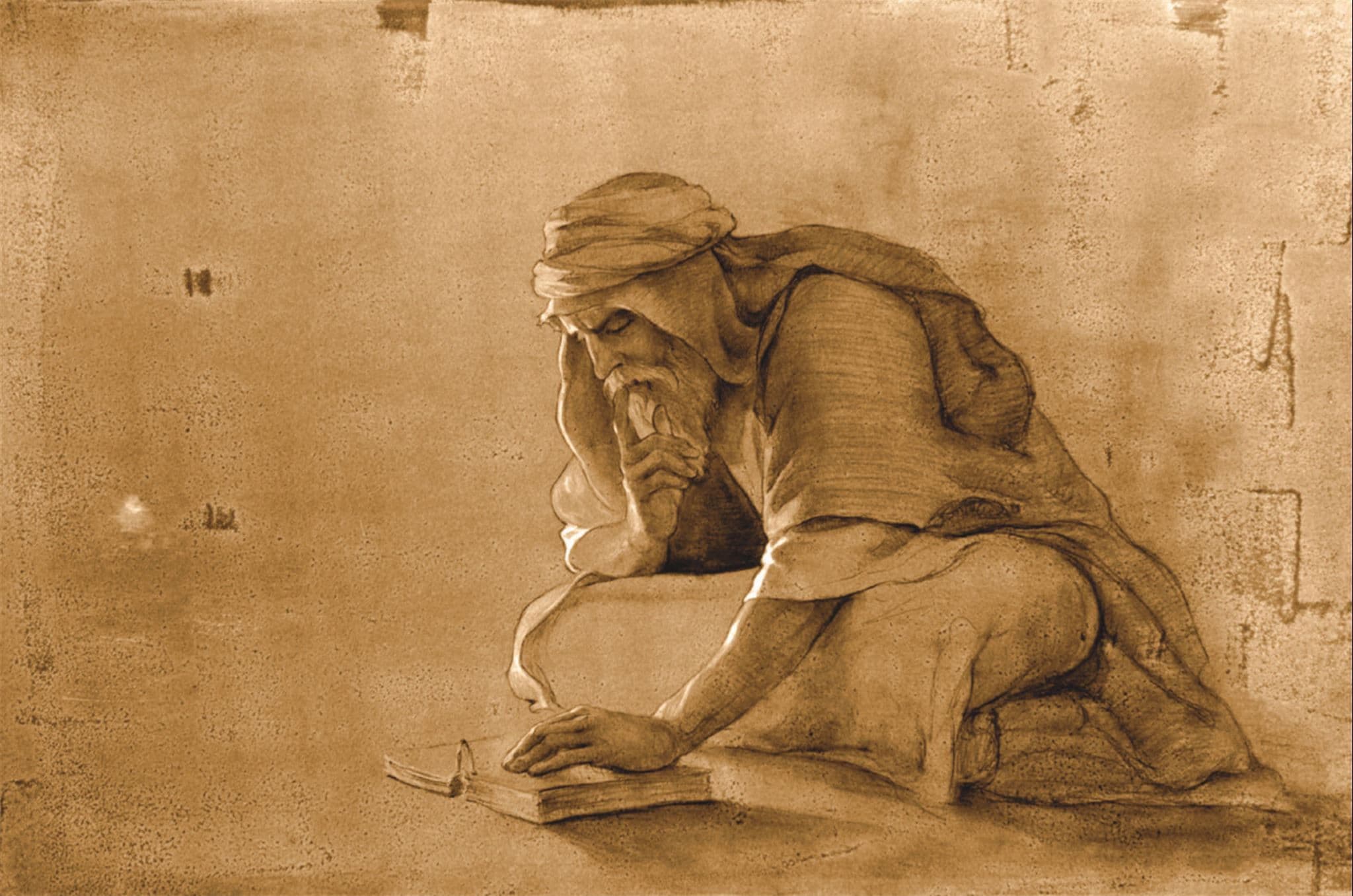Evidence #63 | September 19, 2020
Book of Mormon Evidence: Arabian Desert Poetry
Post contributed by
Scripture Central

Abstract
Lehi’s poetic couplet in 1 Nephi 2:9–10 matches several features of desert poetry used by the ancient Bedouin of Arabia.After fleeing from Jerusalem and making a long journey through the wilderness, Lehi and his family reached a river that flowed through an impressive valley. Upon witnessing this scene, Lehi declared to his oldest son Laman: “O that thou mightest be like unto this river, continually running into the fountain of all righteousness!” Lehi then addressed his son Lemuel: “O that thou mightest be like unto this valley, firm and steadfast, and immovable in keeping the commandments of the Lord!” (1 Nephi 2:9–10).
As noted by Hugh Nibley, Lehi’s poetic couplet matches several features of desert poetry used by the ancient Bedouin of Arabia. Nibley’s summary of these features is presented in the left column of the following chart,1 while the corresponding features of Lehi’s poetic statements is given in the right column.
Features of Arabian Desert Poetry | Features of Lehi’s Poetic Couplet |
1. They are … songs inspired by the sight of water gushing from a spring or running down a valley. | 1. Lehi’s statements were inspired by a continually flowing river that ran through a valley and “emptied into the fountain of the Red Sea” (1 Nephi 2:9). |
2. They are addressed to one or (usually) two traveling companions. | 2. Lehi addressed his two eldest sons who were traveling with him. |
3. They praise the beauty and excellence of the scene, calling it to the attention of the hearer as an object lesson. | 3. Lehi brought this favorable scene to his sons’ attention and then associated the valley and river with righteous attributes. Nephi indicated that this was indeed a type of object lesson, given in response to Laman and Lemuel’s murmuring (see 1 Nephi 2:11). |
4. The hearer is urged to be like the thing he beholds. | 4. Lehi urged Laman to be like the river and Lemuel to be like the valley. |
5. The poems are recited extempore or on the spot and with great feeling. | 5. The sudden shift from travel narrative to Lehi’s poetic statement gives the impression of a spontaneous exclamation. |
6. They are very short, each couplet being a complete poem in itself. | 6. Lehi’s poem, containing in only two short verses, qualifies as a short, independent couplet. |
7. One verse must be followed by its “brother,” making a perfectly matched pair. | 7. Lehi’s statement to Lemuel immediately follows his statement to Laman, forming a well-balanced pair. In addition, the fact that Laman and Lemuel are literal brothers ties in nicely with the way that the two halves of an Arabian couplet were symbolically designated as “brothers.” |
The examples of ancient Bedouin poetry studied by Nibley all post-date Lehi’s time.2 Yet, the way that these features are concentrated within two short verses in the Book of Mormon suggests that they may derive from the same or a similar poetic tradition. As for the potential accessibility of this information, Nibley felt that Lehi’s couplet exhibits “all the elements of a situation of which no westerner in 1830 had the remotest conception.”3
Book of Mormon Central, “Did Lehi Use the Poetry of the Ancient Bedouin? (1 Nephi 2:9–10),” KnoWhy 5 (January 6, 2016).
Hugh Nibley, Lehi in the Desert/The World of the Jaredites/There Were Jaredites, The Collected Works of Hugh Nibley, Volume 5 (Salt Lake City and Provo, UT: Deseret Book and FARMS, 1988), 84–92.
- 1. Hugh Nibley, Lehi in the Desert/The World of the Jaredites/There Were Jaredites, The Collected Works of Hugh Nibley, Volume 5 (Salt Lake City and Provo, UT: Deseret Book and FARMS, 1988), 90.
- 2. It should also be noted that not every feature of the ancient Arabian poetry studied by Nibley shows up in the Lehi’s couplet.
- 3. Nibley, Lehi in the Desert, 90.